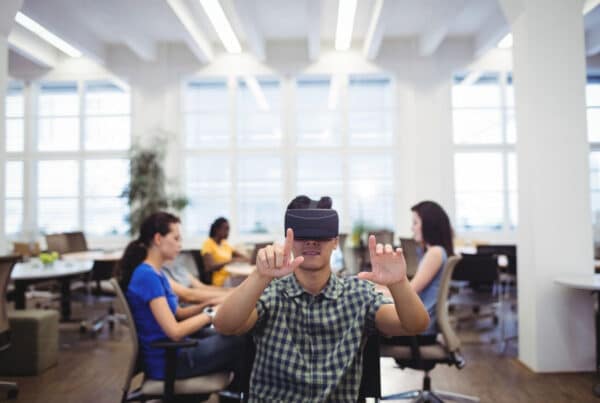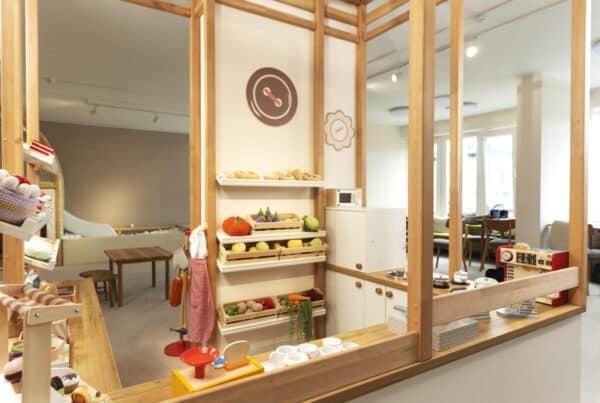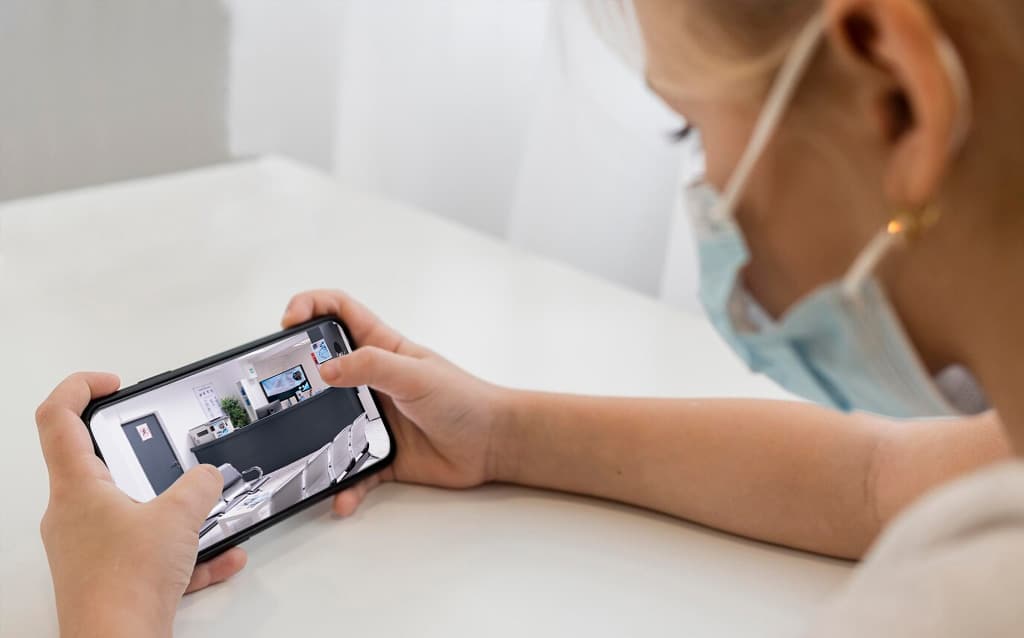
In recent years, the integration of technology into healthcare has transformed the way patients and medical professionals interact with medical facilities. One of the most innovative advancements in this domain is the use of 360 virtual tours in medical health buildings. These immersive tours are redefining patient experience and navigation, providing a comprehensive and interactive way to explore healthcare environments. This blog post explores the significance of 360 virtual tours in medical health buildings, their benefits, implementation strategies, and potential impact on the healthcare industry.
Understanding 360 Virtual Tours
What are 360 Virtual Tours?
360 virtual tours are interactive simulations of real-world environments, captured using specialized cameras that record panoramic images and videos. These tours allow users to explore a location from multiple angles, providing an immersive experience that closely resembles being physically present. In the context of medical health buildings, 360 virtual tours enable patients, visitors, and staff to navigate through the facility virtually, offering a detailed view of different areas, such as waiting rooms, examination rooms, surgical suites, and more.
How 360 Virtual Tours Work
The creation of a 360 virtual tour involves capturing high-resolution panoramic images or videos of the medical facility. These images are then stitched together using software to create a seamless, interactive experience. Users can navigate through the tour using their computers, smartphones, or virtual reality headsets, allowing them to explore different parts of the building at their own pace. The tours can also incorporate additional multimedia elements, such as audio guides, informational pop-ups, and interactive hotspots, enhancing the overall experience.
Benefits of 360 Virtual Tours in Medical Health Buildings
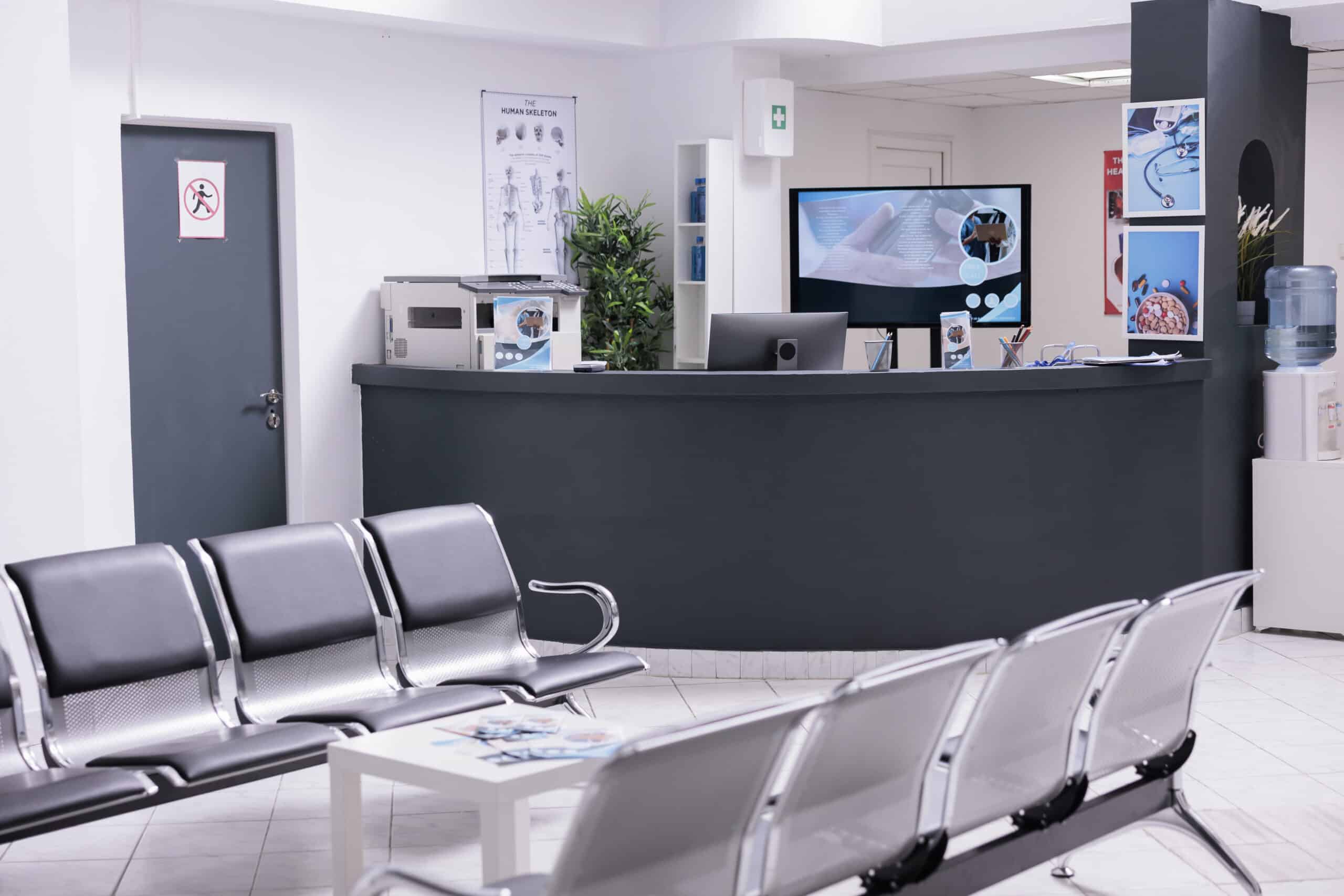
Improved Patient Experience
360 virtual tours offer patients a chance to familiarize themselves with the medical facility before their visit. This familiarity can significantly reduce anxiety and stress, particularly for patients visiting a hospital or clinic for the first time. By exploring the facility virtually, patients can understand the layout, identify key areas, and locate specific departments, making their visit more efficient and less intimidating.
Enhanced Navigation and Wayfinding
Navigating large medical complexes can be challenging, especially for patients with limited mobility or cognitive impairments. 360 virtual tours provide an intuitive wayfinding solution by allowing patients to visualize their route through the facility. This visual guidance can be particularly beneficial for individuals with disabilities, helping them identify accessible entrances, elevators, and pathways, thus promoting inclusivity and independence.
Increased Transparency and Trust
Transparency is a crucial aspect of building trust between healthcare providers and patients. 360 virtual tours offer a transparent view of the medical facility, showcasing the cleanliness, organization, and state-of-the-art equipment available. This transparency can reassure patients about the quality of care they will receive, fostering trust and confidence in the healthcare provider.
Efficient Resource Allocation
For healthcare administrators, 360 virtual tours can streamline resource allocation and facility management. By analyzing virtual tour data, administrators can identify high-traffic areas and optimize the placement of staff and resources accordingly. This data-driven approach ensures that patients receive timely assistance and services, improving overall operational efficiency.
Marketing and Outreach
360 virtual tours serve as powerful marketing tools for medical health buildings. Hospitals and clinics can showcase their facilities online, attracting potential patients and partners. The tours can be integrated into websites, social media platforms, and online directories, reaching a broader audience and enhancing the institution’s digital presence.
Implementing 360 Virtual Tours in Medical Health Buildings
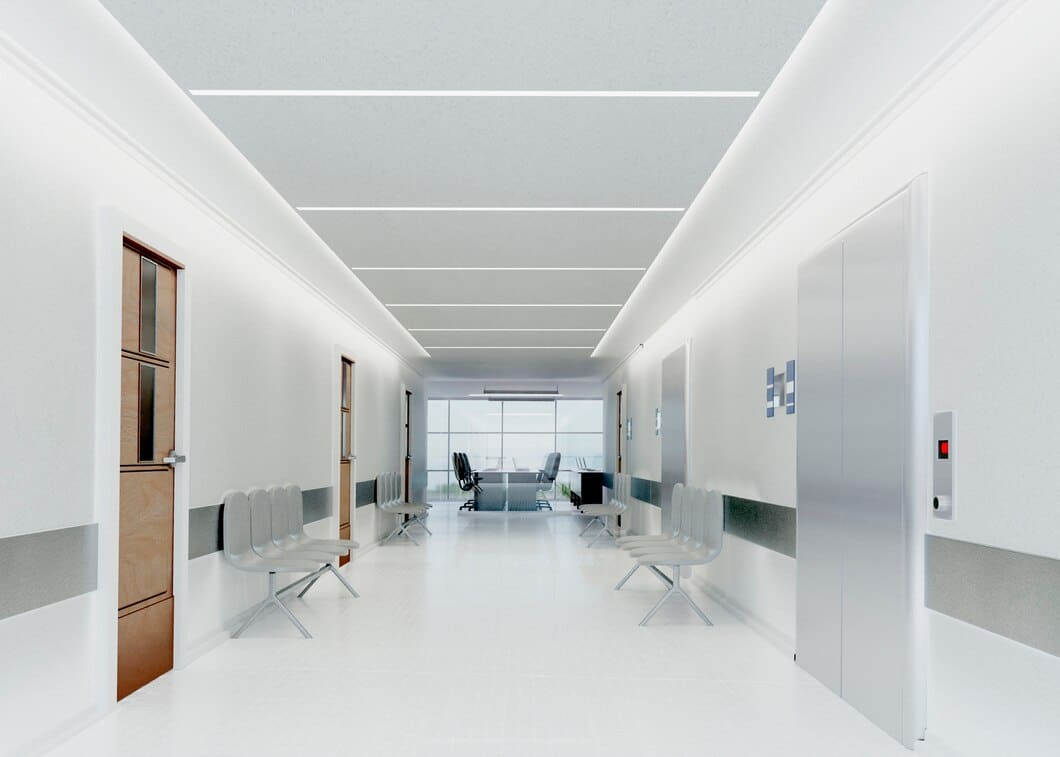
Planning and Preparation
The successful implementation of 360 virtual tours requires careful planning and preparation. Healthcare administrators should begin by identifying the specific areas of the facility to be included in the tour. These areas should reflect the institution’s strengths, such as advanced technology, comfortable patient rooms, and modern amenities. It’s essential to ensure that all areas are clean, organized, and well-maintained before capturing the images.
Choosing the Right Technology
Selecting the appropriate technology and equipment is crucial for creating high-quality 360 virtual tours. High-resolution cameras capable of capturing panoramic images and videos are essential. Additionally, software tools for stitching images and creating interactive elements should be user-friendly and compatible with various devices. Collaborating with experienced virtual tour providers can ensure a seamless production process.
Capturing and Editing
Once the planning and technology selection are complete, the next step is capturing the images and videos for the tour. Professional photographers with experience in 360 photography should be hired to ensure the best results. After capturing the visuals, the editing process involves stitching the images together, adding interactive elements, and optimizing the tour for different devices. This stage also includes incorporating branding elements and informational content.
Integration and Promotion
After creating the virtual tour, it should be integrated into the medical facility’s website and other digital platforms. The tour should be easy to access and navigate, providing a user-friendly experience. Promoting the virtual tour through online marketing campaigns, social media, and email newsletters can increase its visibility and reach a wider audience. Additionally, collaborating with healthcare partners and industry influencers can amplify the tour’s impact.
Potential Impact on the Healthcare Industry

Revolutionizing Patient-Centered Care
The adoption of 360 virtual tours in medical health buildings aligns with the shift towards patient-centered care. By empowering patients with information and control over their healthcare journey, virtual tours contribute to a more personalized and patient-centric experience. Patients can explore their healthcare environment, understand their treatment options, and make informed decisions, ultimately improving health outcomes and patient satisfaction.
Enhancing Telehealth Services
As telehealth services continue to grow, 360 virtual tours can complement remote consultations by providing patients with a comprehensive understanding of the medical facility. Patients can explore the facility virtually before scheduling an in-person appointment, allowing them to choose the best healthcare provider for their needs. This integration of virtual tours and telehealth enhances accessibility and convenience for patients, particularly those in remote or underserved areas.
Facilitating Medical Education and Training
Medical students and professionals can benefit from 360 virtual tours as a valuable educational tool. Virtual tours can provide insights into real-world healthcare environments, helping students familiarize themselves with hospital layouts, equipment, and procedures. Training programs can incorporate virtual tours to simulate clinical scenarios, allowing students to practice critical decision-making skills in a risk-free environment.
Promoting Health Tourism
Health tourism, where individuals travel to other countries for medical treatment, can be bolstered by 360 virtual tours. Patients considering international healthcare options can explore facilities virtually, gaining confidence in their choice of destination. This transparency and accessibility can attract more international patients, boosting the medical tourism industry and generating economic benefits for healthcare providers and local economies.
Challenges and Considerations

Privacy and Security Concerns
One of the primary challenges in implementing 360 virtual tours is ensuring patient privacy and data security. Healthcare facilities must adhere to strict regulations regarding patient information and confidentiality. Before capturing images for the tour, it is essential to obtain consent from individuals present in the facility and ensure that no sensitive patient information is visible in the visuals.
Cost and Resource Allocation
Creating high-quality 360 virtual tours requires investment in technology, equipment, and professional expertise. Healthcare facilities must allocate resources for planning, capturing, editing, and promoting the tours. While the initial costs may be significant, the long-term benefits in terms of patient experience, operational efficiency, and marketing potential can outweigh the expenses.
Keeping Content Up-to-Date
Medical facilities are dynamic environments that undergo changes and upgrades over time. To ensure the accuracy and relevance of the virtual tour, regular updates are necessary. This involves capturing new images and videos as areas of the facility are renovated or expanded. Consistently updating the tour content ensures that patients and visitors have access to the most current information.
Conclusion
The integration of 360 virtual tours in medical health buildings is a transformative development in the healthcare industry. These immersive experiences enhance patient experience and navigation, promote transparency and trust, and support marketing and outreach efforts. By embracing 360 virtual tours, healthcare providers can create patient-centered environments that prioritize accessibility, convenience, and quality of care. As technology continues to evolve, the potential for virtual tours to revolutionize healthcare experiences is boundless, promising a brighter and more connected future for patients and healthcare professionals alike.
Enhance patient experience and facility tours with 360 virtual tours in healthcare! Provide immersive, interactive views of hospitals, clinics, and medical centers. Improve transparency, accessibility, and trust. Contact us today to learn how 360 virtual tours can transform healthcare facility presentations and patient engagement!


